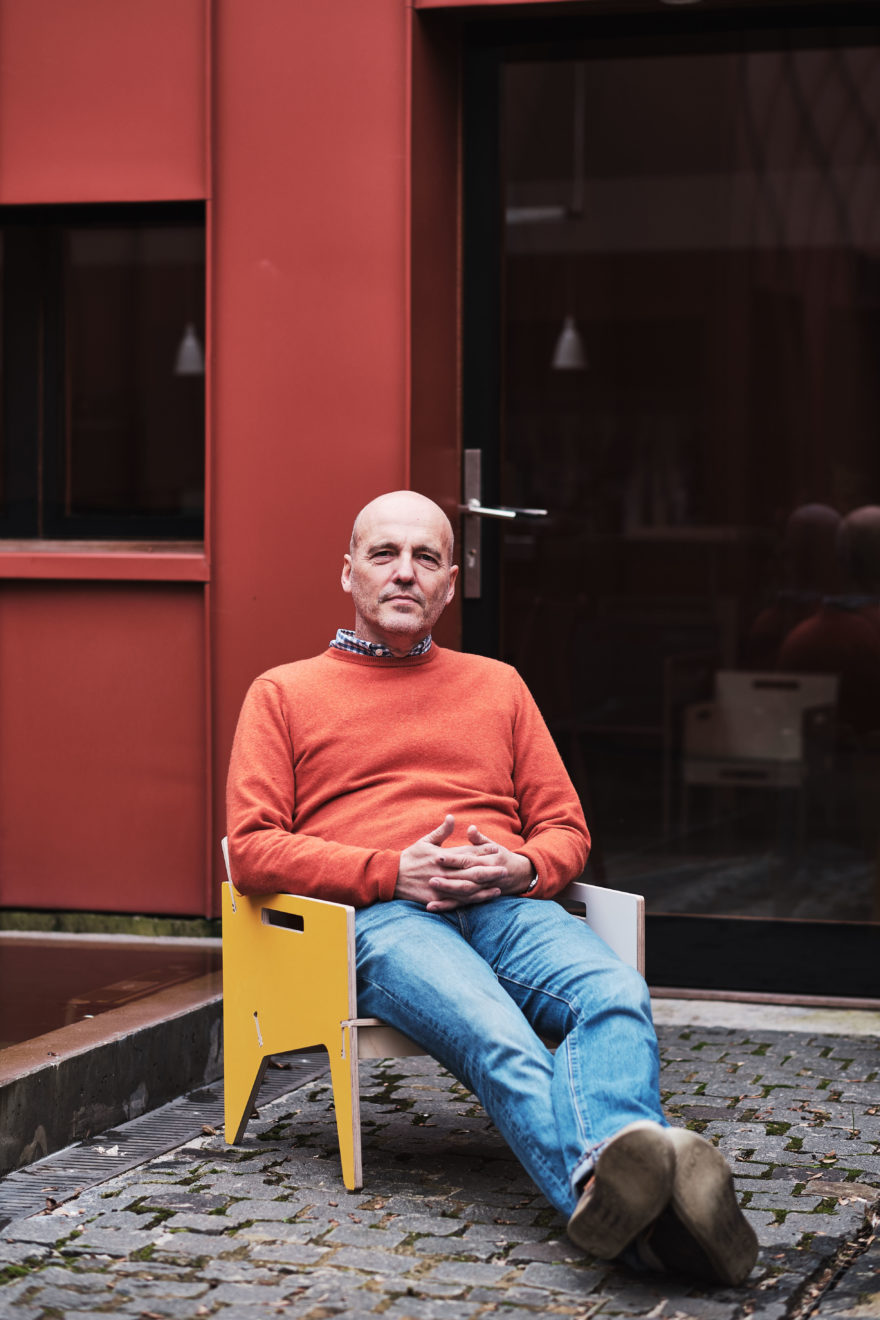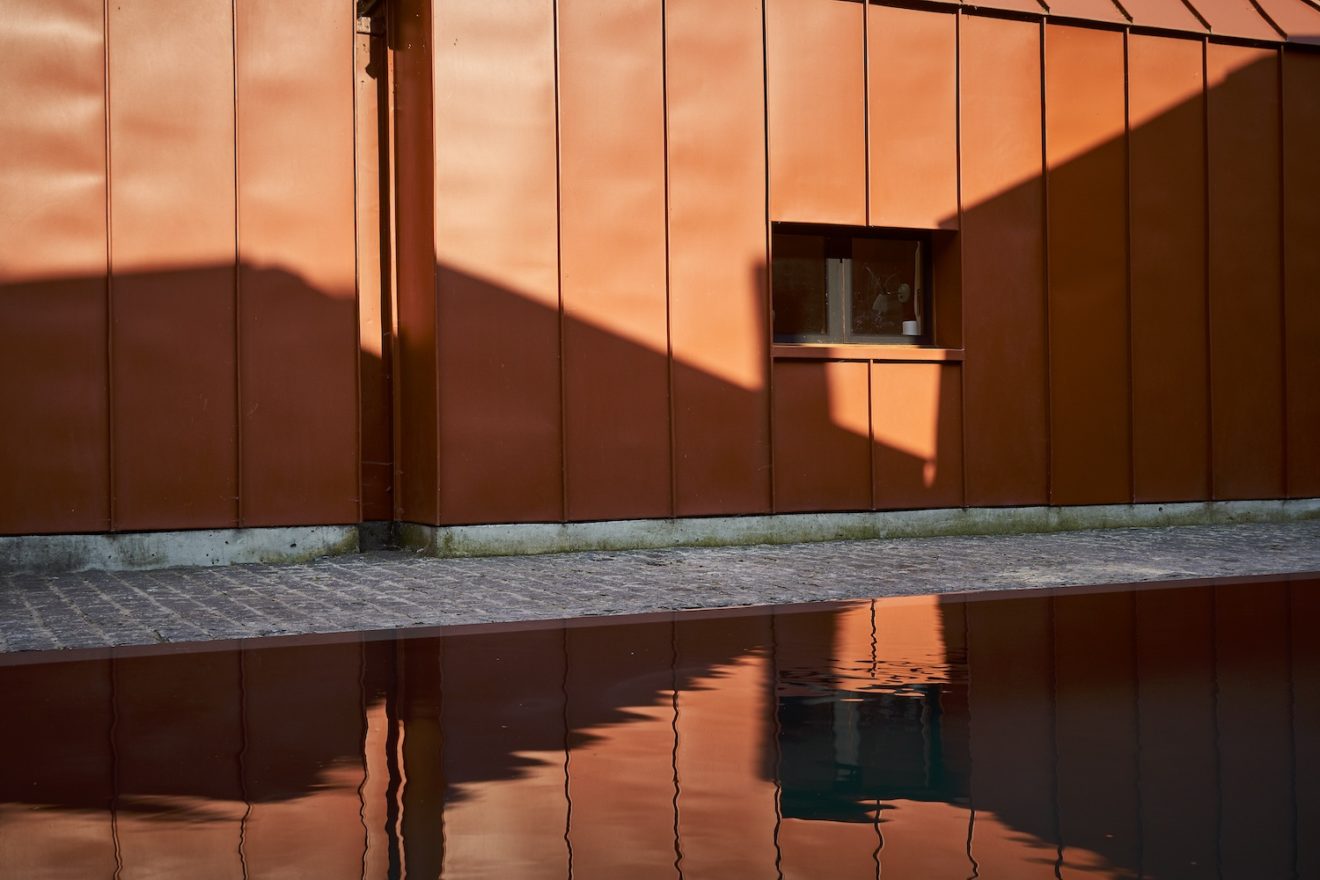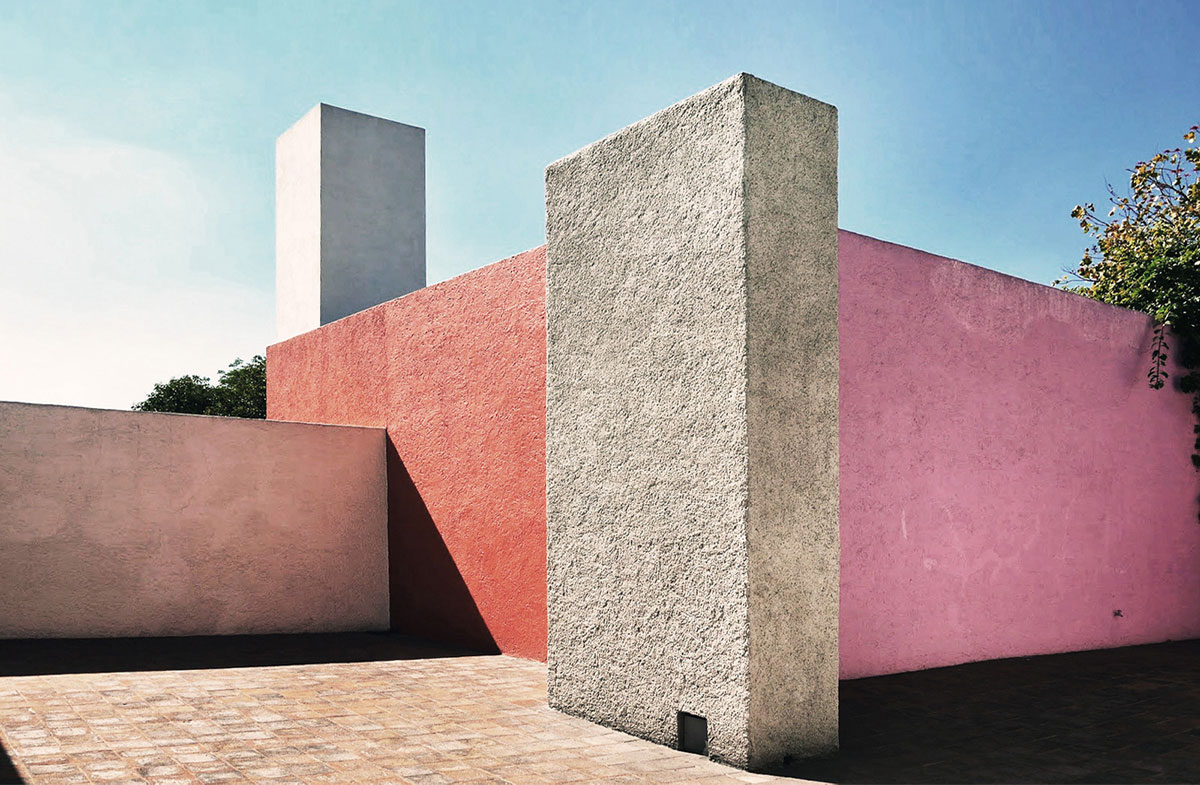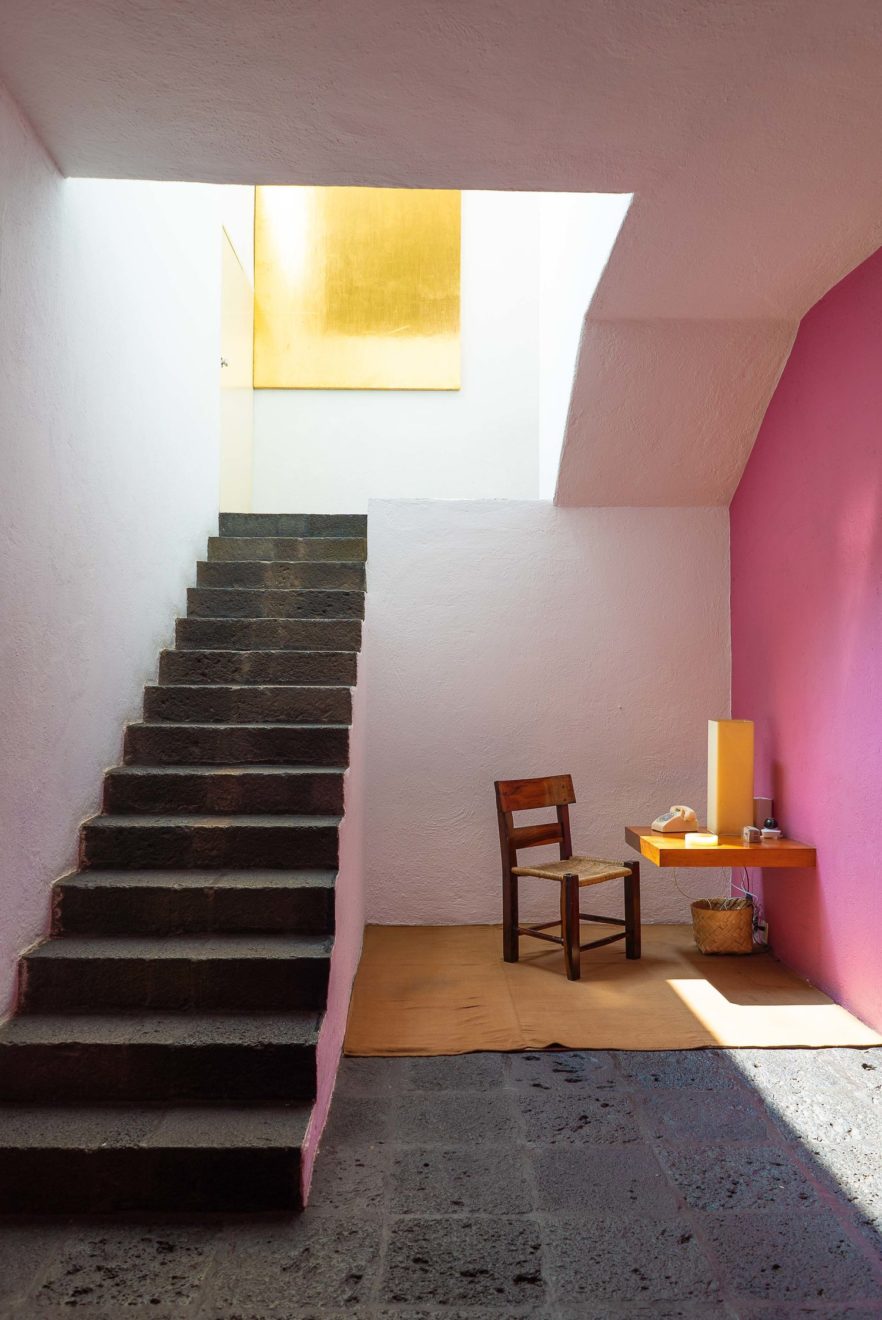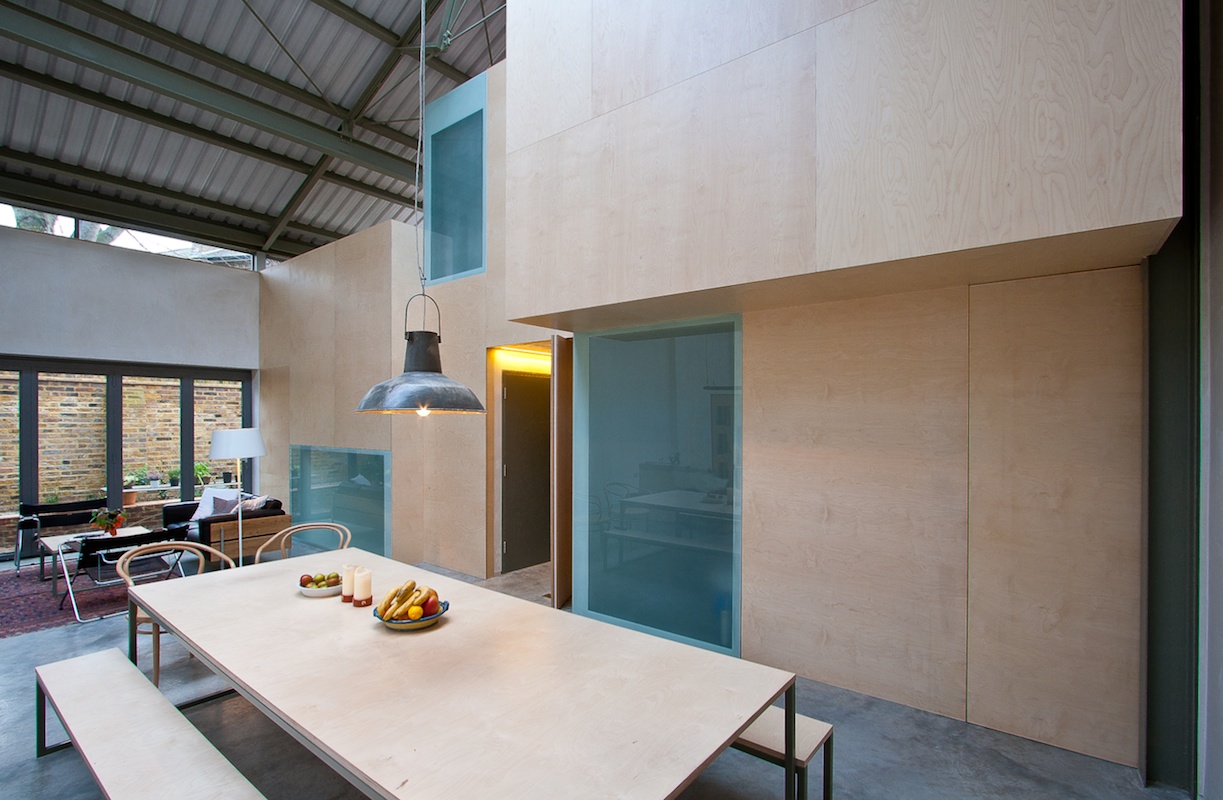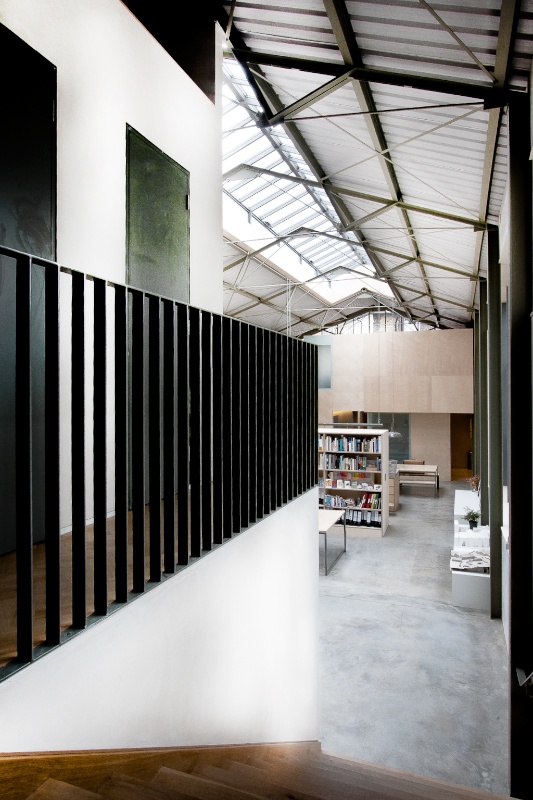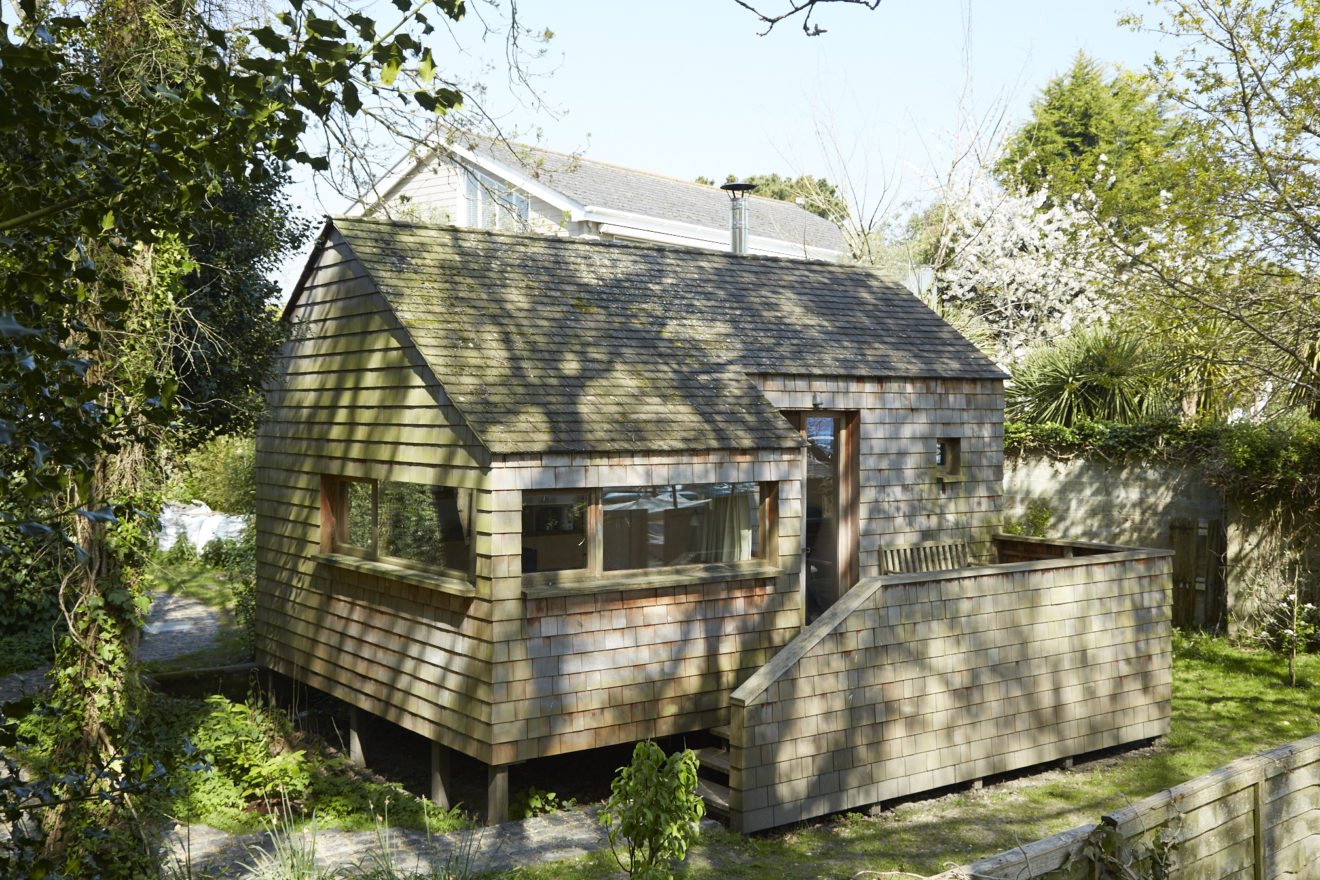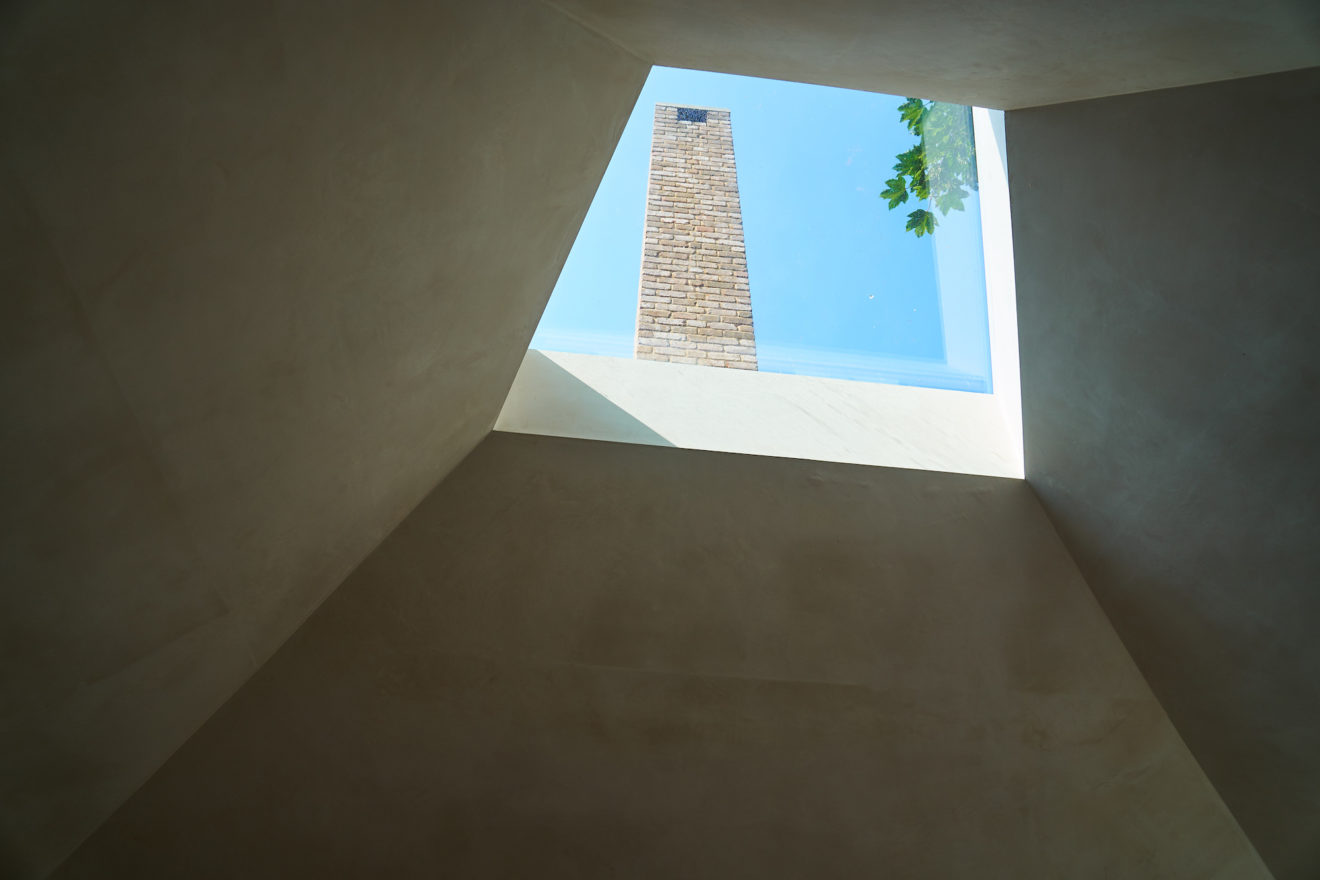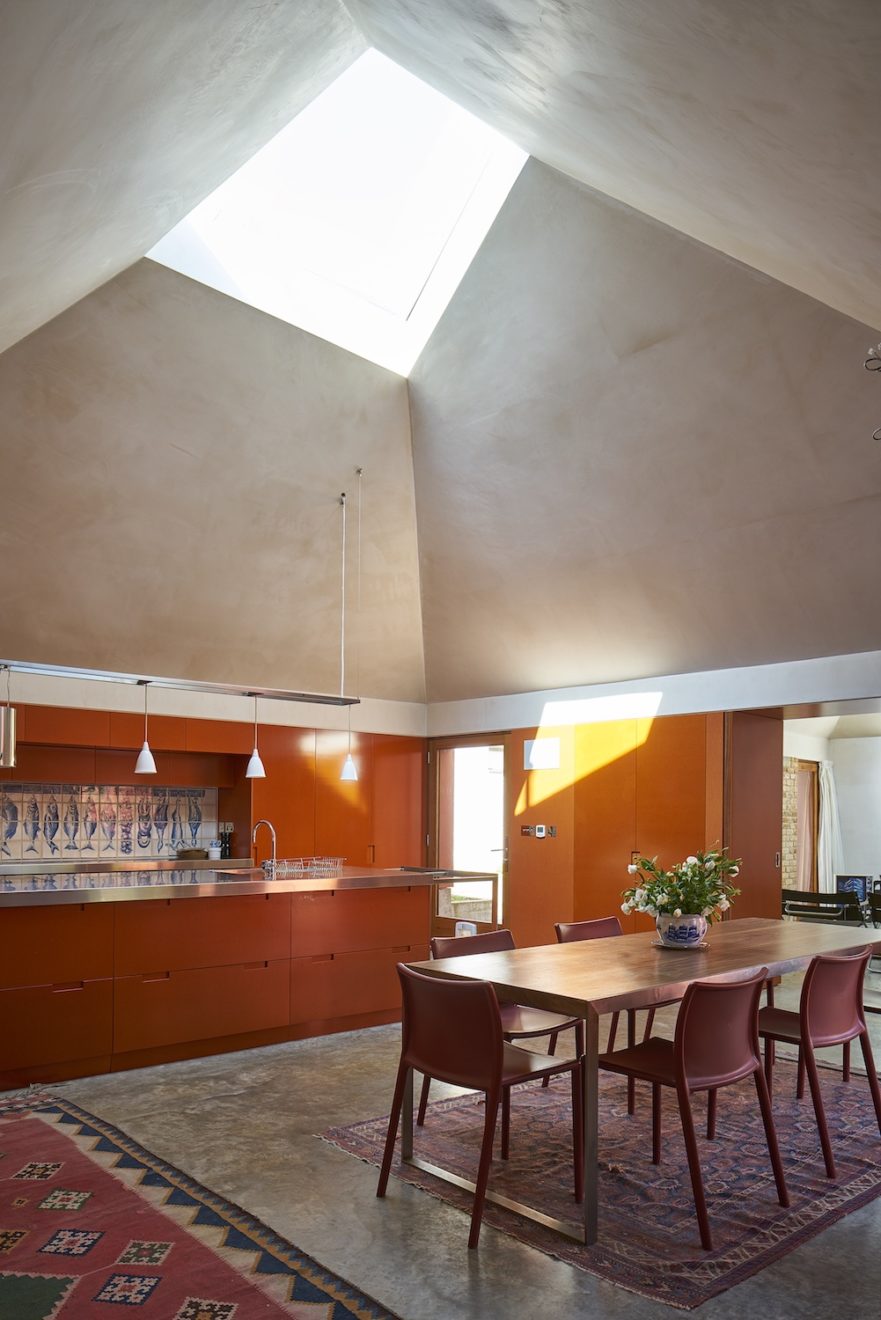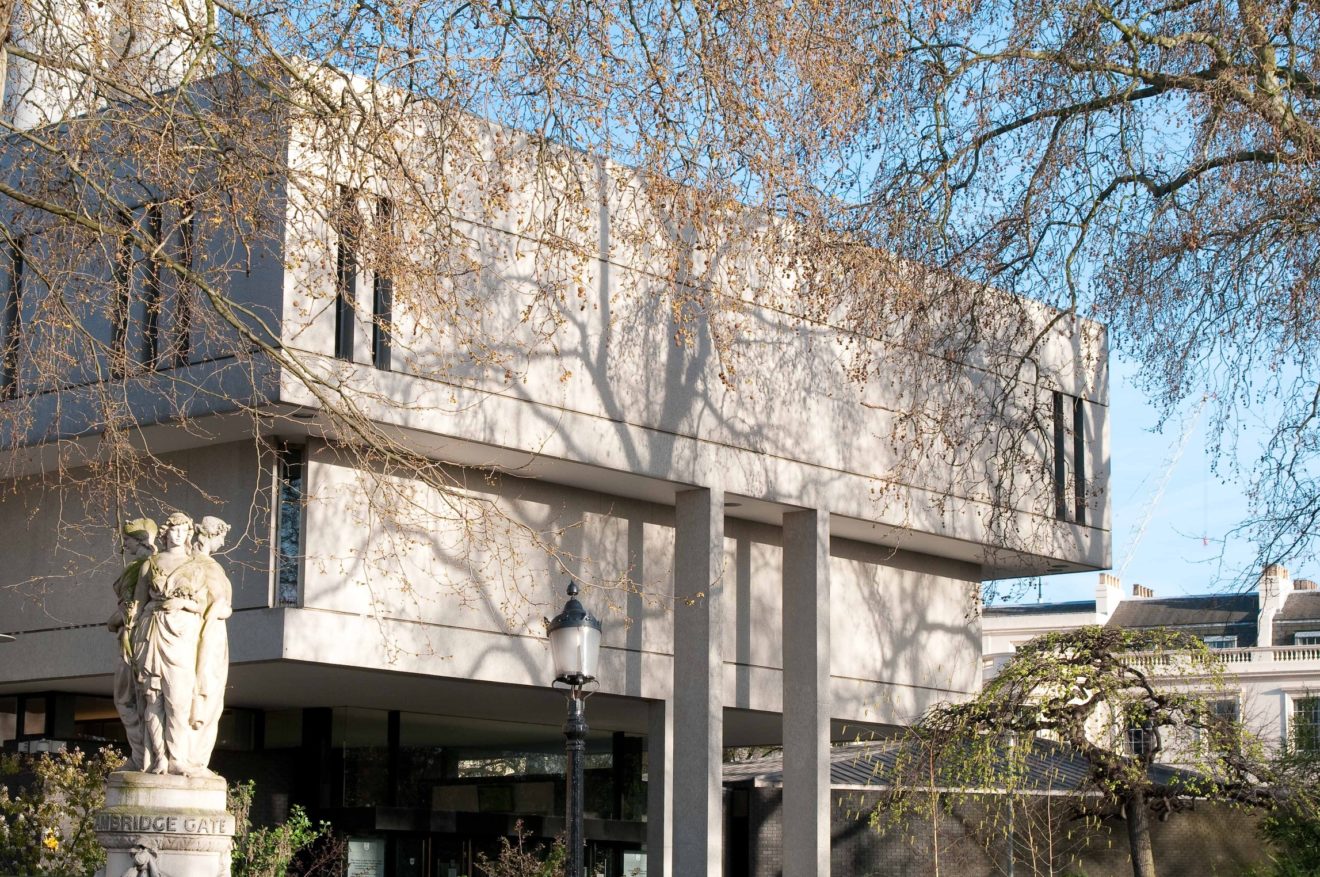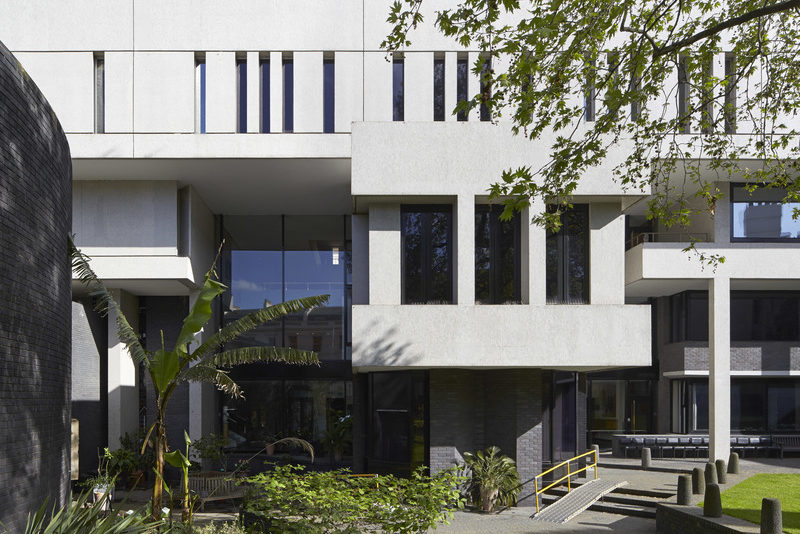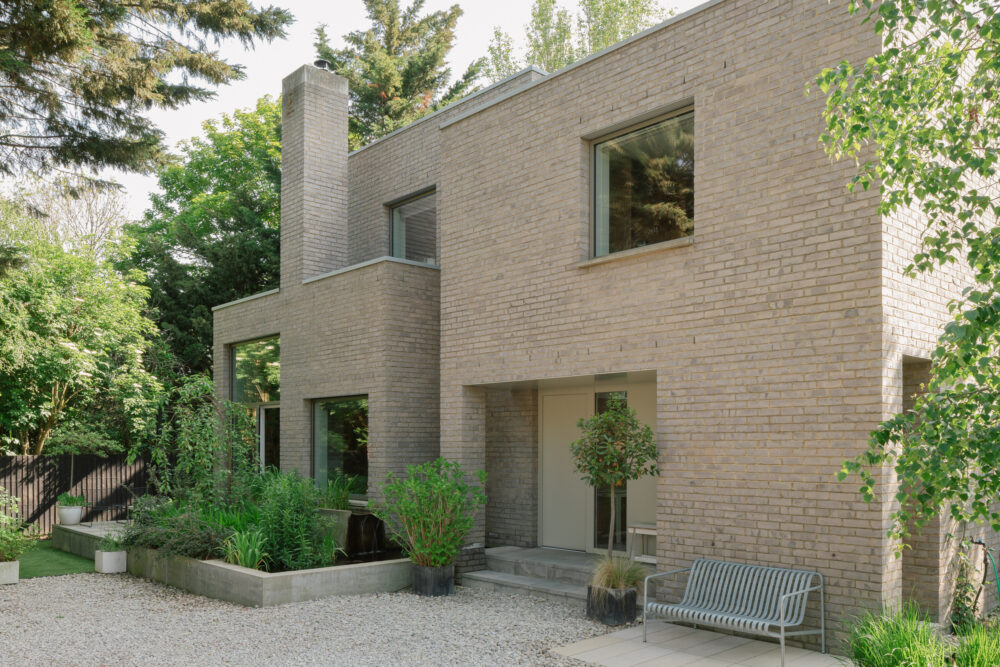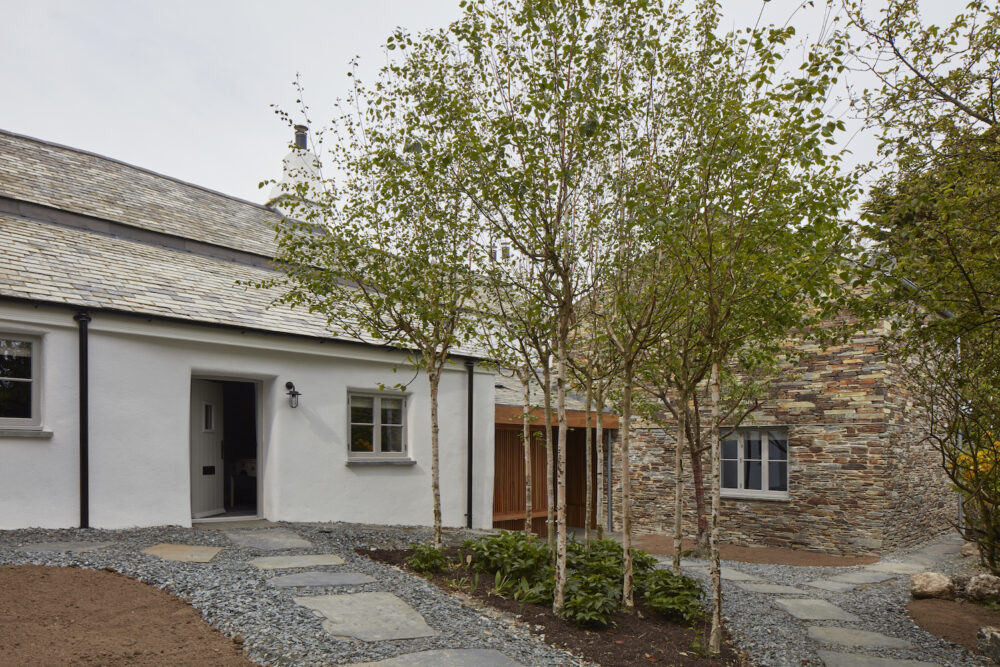Henning Stummel
As part of our Aucoot’s Favourites series, we’ll be interviewing some of our favourite creative talents across the architecture and design industries and asking who they admire most. Who and what inspires their work? We’re kicking things off with award-winning German architect Henning Stummel – founder of the London-based Henning Stummel Architects. We discuss how the work of others has informed and influenced projects such as The Workshop and Tin House.
I’m actually doing a series of lectures at University – it’s going to be an ABC of architecture. Today, we’re sort of removed from the first generation of Modernism and I’m finding that the ABC is reflecting a lot of what I’m interested in. So I started off with Alvar Alto and then my favourite architect Luis Barragan and so on. But there are many who I admire.
I’m increasingly coming around to the realisation that with architecture, you can tell so much about the person who designed the building. The same is true of many creative professions such as painting or writing. We’re putting ourselves out there, and so was Barragan.
With his work, I think there’s this sort of monastic feeling going on. And then there’s his guilt about being gay in a strict Catholic country. When you first enter the Casa Luis Barragan in Mexico City, you walk around a corner and then you turn off again, but these twists and turns don’t lead anywhere – they’re dead ends. It’s almost like you’re exploring the inner depths of his brain. I suppose because he wanted to conceal his sexuality, he wanted to make it difficult – to avoid letting you in – and that’s reflected in his work.
What I find particularly uplifting about Barragan is he’s clearly affected by the whole Catholic guilt thing and that shows in his work, but then he also used a lot of vivid colour. To me, that’s a person who is vibrant and youthful and that makes him very likeable.
Another thing I admire at Casa Barragan is the way he thought about the resident horses with such sensitivity. He intentionally organised the stables so that the horses could see and interact with one another. Usually, horseboxes would be separate but with his design, the horses can almost convene because the boxes are facing each other and they can see over the wall. He was such a gentle, thoughtful person. He looked like a gentleman but I think he genuinely was in every way.
That’s partially a reflection of London. There’s a weird consensus here that on the whole, people don’t want the city to change – particularly when it comes to the genteel suburban areas. They make everything a conservation area and so by hook or by crook, you have to find a way to make something happen.
There’s a withdrawnness about my buildings. I’m trying to create these very tranquil spaces. What I’m interested in about the home is that it’s the setting for our everyday lives. It’s hopefully where we can be authentic and true to ourselves and also listen to our inner voices. And so as an architect, you want to make room for that. There are so many distractions today like social media and technology – you need to be able to create environments where you can switch off from those.
The word ‘wow-factor’ is very misleading when applied to architecture. I’m interested in solid, useful spaces that hopefully transcend time. You can tell when a building has wow-factor because of the success of the space created, but you don’t need to be pestered all the time by show-off architecture.
I think I first started talking about wanting to be an architect when I was around five. It turned out that my mother’s father who went missing in the war was an architect. I never directly knew him, so it’s quite interesting because of this whole nature vs. nurture debate. You know, maybe it was just something that skipped a generation. My parents were always very supportive and once I articulated it more clearly, they were very happy to encourage me. On our holidays, they would say things like, okay, let’s look at that monastery with you. Then once you get to college, you’re surrounded by people who share your enthusiasm.
I sense there’s a similar love of the tranquil, and sometimes almost a vernacular. The pavilions at Tin House are almost like inventing your own little vernacular and they’re quite simple to build, like a small settlement. I think the early generation of modernists almost wanted to reconnect to something which may have always been there and I think there’s something quite seductive about that. It’s easier to achieve when you do houses and it gets harder when you do large buildings. Scale is actually very hard to get right. I mean, Tin House is almost like a little village isn’t it? It’s like six little primaeval huts, like a Hamlet. I had this German journalist who came in and looked at the courtyard and said, “Where does the tribal elder live?”.
My favourite building is Denys Lasdun’s Royal College of Physicians – a modernist building next to Regent’s Park. I think the way it deals with context is genius and also the way the scale works. For instance, it’s a predominantly white building but they built the back in black bricks as to highlight the parts they wanted to draw attention to. So when you experience it, you only really notice the white temple. By using this dark brick, Lasdun is almost trying to pretend that it’s free-standing. The columns at the front appear to hold the building up by sheer force of will.
Then the other thing I love is that it was a very sophisticated client (the RCP president at the time) who chose Denys Lasdun to design the building because they wanted to tell the world they were on board. The RCP is an institution that’s 500 years old but when this new building was commissioned, the NHS had just started and they wanted to let you know they were a forward-looking profession. They were looked at as men of science but they were progressive.
Go there now and even though it’s been operating for 55 years, it looks almost as fresh as it did on the first day it opened. You can tell that the RCP really like it as they’re looking after it so well. When you have a client who’s obviously still happy with a building after such a long period of time, that’s a wonderful achievement for an architect.
Be resilient. You just have to keep going. I see that there’s a lot of interesting stuff coming out of Chile now for instance, but in Europe, it feels a bit like we’re procrastinating. We’re not really pushing hard enough to make anything happen. We’re making it hard for ourselves because good ideas end up being talked to death. I think there are so many building regs or vested interests, plus a lack of vision, broadly speaking. Even little things like pedestrianising a street and planting trees so that kids can play. Somehow there’s a culture where three guys, or whatever, complain incredibly vocally about it. Most people wouldn’t have even known that this was going on but these three people who are really vocal end up influencing the outcome because they’re louder than everyone else.
So many well-intentioned projects get blocked by people who’ve got no vision at all. I’ve got so many awards for my work that I’ve almost lost count of the number, but you can be certain that with every new planning application, I’ll be treated as if I don’t know what I’m doing. Like, who’s this person, what does he want? You just know people will be writing these incredibly articulate letters about why whatever proposal I’m putting forward should be stopped at all costs.
Of course, there have been a lot of pretty crappy developments and, broadly speaking, there’s a lot of cynicism about developers. So, I can’t deny you have to build trust. On the Tin House project, when submitting our planning application the first time around, we got a flat refusal because 15 people had ganged up to write letters of objection. But we didn’t give up, we went around and got to know everybody and then the next time it went through. It’s almost like the rejection is a knee-jerk reaction.
What someone could take from that is I think we should all learn to be more optimistic and hopeful.
To find out more about Henning Stummel and his projects, visit his website.

